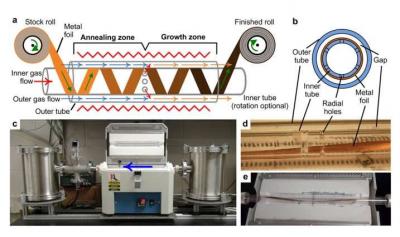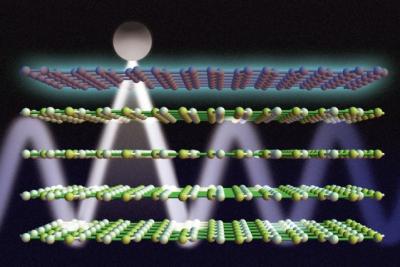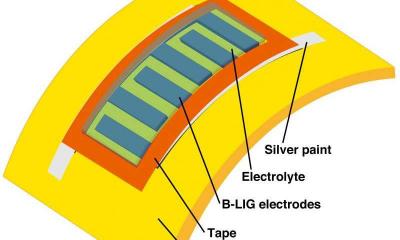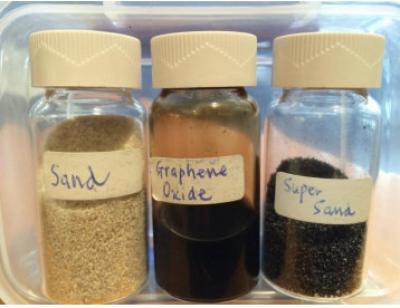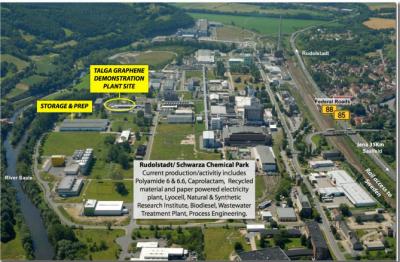Graphene-Info launches a nanomaterial brokerage service
Finding your way through the fragmented graphene market can be challenging. There are many producers, each making its own materials and targeting different applications. Materials on the market range from pristine graphene sheets to graphene nanoplatelets with different properties and from graphene composites to graphene inks.
If you're looking to adopt graphene in your product or as part of your manufacturing process, you may find our new nanomaterial brokerage service useful. We help you find the best materials for your project and the best production partner. We’ll work together to define the parameters of your desired materials, identify currently available graphene or other nanomaterials on the market, choose the best material for your needs and help you reach the right production partner and secure the best price.
We'll be happy to work together, contact us now for all of your graphene needs!
